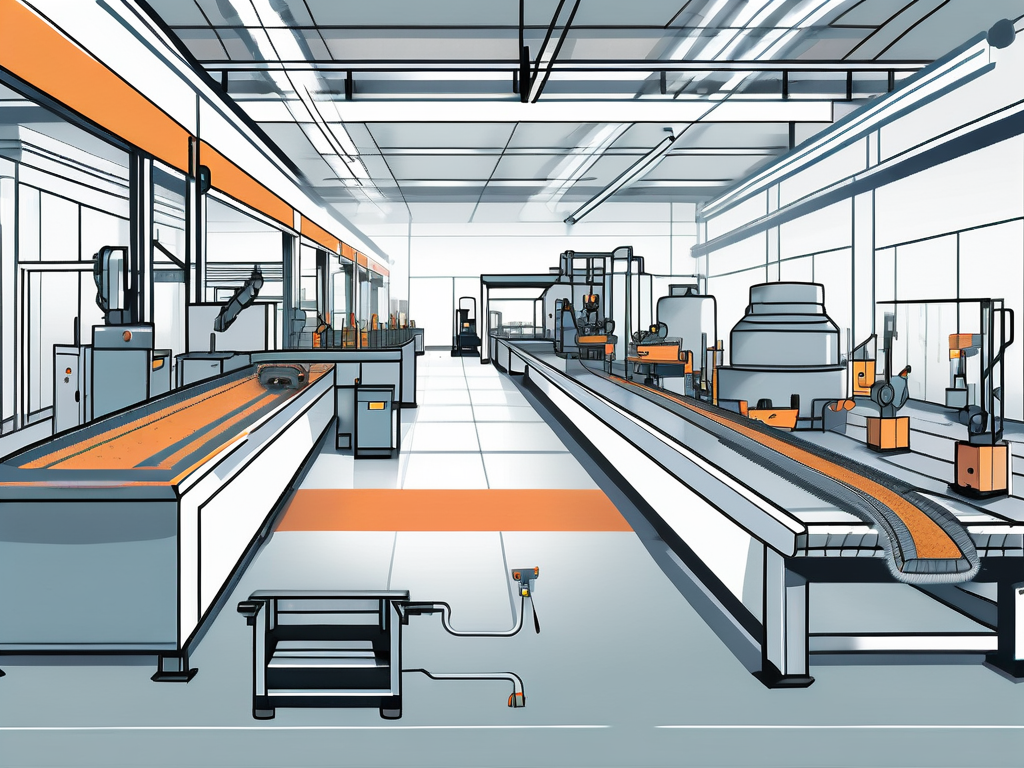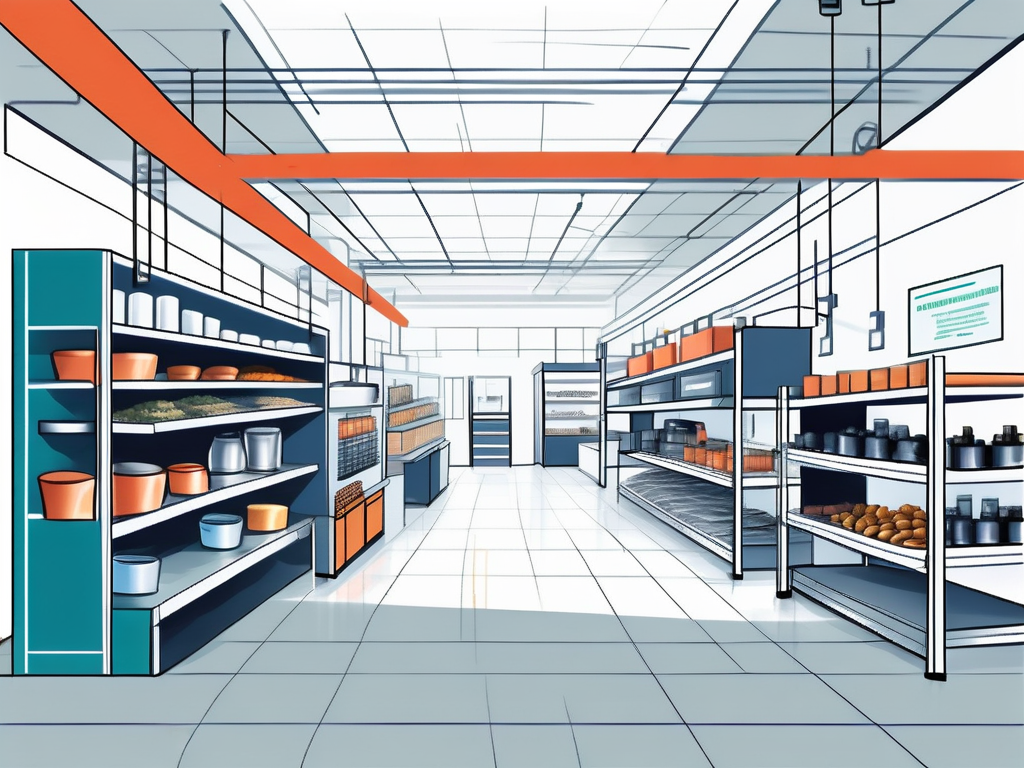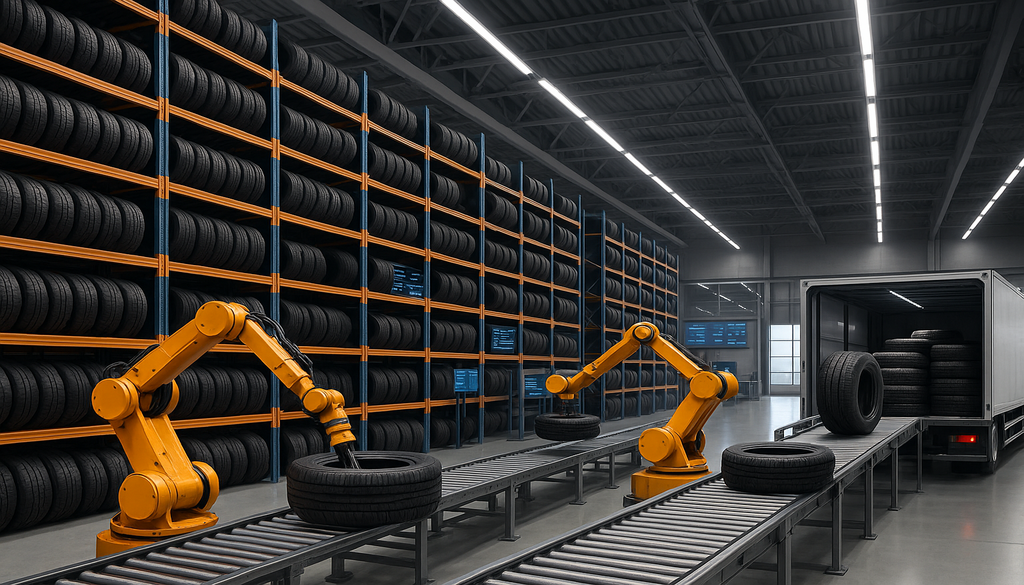In today’s highly competitive manufacturing industry, effective shop floor planning and control is essential for smooth operations and successful outcomes. This article explores various strategies that can help organizations optimize their shop floor planning and control processes, ensuring efficiency, productivity, and profitability.
Understanding Shop Floor Planning and Control
Before delving into strategies, it’s important to grasp the significance of effective shop floor planning. Effective planning plays a critical role in ensuring the smooth flow of materials, optimizing resource allocation, and meeting production targets. It involves creating a comprehensive plan that takes into account production schedules, material availability, and other relevant factors.
On the other hand, shop floor control involves the implementation of measures to monitor and adjust operations in real-time. It ensures that production activities align with the planned schedule, addresses any deviations or bottlenecks promptly, and maintains overall control over the shop floor.
The Importance of Effective Shop Floor Planning
Effective shop floor planning provides several benefits to manufacturers. It helps reduce lead times, minimize inventory holding costs, and improve customer satisfaction by ensuring on-time delivery. Additionally, it enables organizations to optimize resource utilization, enhance workflow efficiency, and identify areas for process improvement.
One of the key benefits of effective shop floor planning is the reduction of lead times. By carefully analyzing production schedules and material availability, manufacturers can streamline their operations and minimize the time it takes to complete a product. This not only improves efficiency but also allows for quicker response to customer demands.
Moreover, effective planning helps minimize inventory holding costs. By accurately forecasting material requirements and production schedules, manufacturers can avoid overstocking or understocking their inventory. This reduces the need for excessive storage space and the risk of obsolescence, ultimately saving costs for the organization.
Key Components of Shop Floor Control
Shop floor control comprises various key components that contribute to its effectiveness. These include:
- Accurate and real-time performance monitoring: Real-time monitoring of operations helps identify deviations from the plan and ensures prompt corrective actions, minimizing disruptions and delays.
- Quality control measures: Implementing quality control measures at each stage of the production process helps maintain product quality and minimize rework or scrap.
- Effective communication channels: Smooth communication among shop floor teams, supervisors, and management facilitates the exchange of critical information and enhances collaboration.
- Continuous improvement initiatives: Regular evaluation of shop floor processes and implementation of improvement initiatives help optimize overall performance and efficiency.
Accurate and real-time performance monitoring is crucial for effective shop floor control. By leveraging advanced technologies such as Internet of Things (IoT) devices and real-time data analytics, manufacturers can track key performance indicators (KPIs) in real-time. This allows them to identify any deviations from the planned schedule and take immediate corrective actions, minimizing disruptions and delays.
In addition to performance monitoring, implementing quality control measures is essential for maintaining product quality. By conducting inspections and tests at each stage of the production process, manufacturers can identify and rectify any defects or issues before they escalate. This helps minimize rework or scrap, ensuring that only high-quality products reach the customers.
Furthermore, effective communication channels play a vital role in shop floor control. Seamless communication among shop floor teams, supervisors, and management ensures that critical information is shared promptly and accurately. This enables quick decision-making and facilitates collaboration, leading to improved overall efficiency and productivity.
Last but not least, continuous improvement initiatives are essential for optimizing shop floor performance. By regularly evaluating existing processes, identifying areas for improvement, and implementing appropriate changes, manufacturers can enhance efficiency, reduce waste, and stay competitive in the ever-evolving market.
Developing a Successful Strategy for Shop Floor Planning
A successful strategy for shop floor planning should focus on setting clear objectives and aligning resources with goals.
Shop floor planning is a critical aspect of manufacturing operations, where efficiency and productivity play a key role in the overall success of a business. By developing a well-thought-out strategy, organizations can streamline their processes, reduce waste, and ultimately improve their bottom line.
Setting Clear Objectives
Clear objectives provide a direction for shop floor activities and serve as benchmarks for performance evaluation. These objectives should be specific, measurable, achievable, relevant, and time-bound (SMART). For example, objectives could include reducing lead times, improving resource utilization, enhancing product quality, or increasing overall production output.
Setting realistic and attainable goals is essential for motivating employees and ensuring that everyone is working towards a common purpose. By clearly defining what needs to be achieved, organizations can better track their progress and make informed decisions to drive continuous improvement.
Aligning Resources with Goals
Effective resource allocation is crucial for successful shop floor planning. Organizations should align their resources, such as manpower, equipment, and materials, with the defined objectives. This involves ensuring adequate resource availability, training employees to enhance their skills, and optimizing the use of technology to streamline processes.
By aligning resources with specific goals, businesses can maximize efficiency, reduce downtime, and minimize costs. This strategic approach not only improves operational performance but also enhances overall competitiveness in the market, enabling companies to meet customer demands effectively and stay ahead of the competition.
Implementing Shop Floor Control Measures
Implementing robust shop floor control measures is vital for maintaining operational efficiency and meeting production targets. By establishing a strong foundation of control measures, organizations can streamline their processes and enhance overall productivity.
One crucial aspect of implementing shop floor control measures is ensuring effective communication among all team members. Clear communication channels and protocols help in disseminating important information, updates, and instructions efficiently throughout the shop floor. This fosters a collaborative work environment and ensures that everyone is aligned towards common goals.
Establishing Standard Operating Procedures
Documenting and implementing clear and standardized operating procedures helps maintain consistency in shop floor operations. These procedures should outline best practices, safety guidelines, and quality standards to ensure uniformity and effective control. Standard operating procedures also serve as valuable training tools for new employees, providing them with a structured guide to follow in their daily tasks.
Moreover, regular reviews and updates to standard operating procedures are essential to adapt to changing business needs and technological advancements. Continuous improvement in processes and procedures is key to staying competitive in the dynamic manufacturing landscape.
Monitoring and Adjusting Control Measures
Regular monitoring of key performance indicators (KPIs), such as production output, cycle times, and resource utilization, allows organizations to identify areas for improvement. By collecting relevant data and analyzing it, management can make informed decisions and adjust control measures to optimize performance. Implementing real-time monitoring systems can provide instant insights into shop floor activities, enabling quick decision-making and proactive problem-solving.
Furthermore, fostering a culture of continuous feedback and improvement among shop floor employees is crucial for the success of control measures. Encouraging team members to provide suggestions for process enhancements and recognizing their contributions creates a sense of ownership and empowerment, leading to increased engagement and efficiency.
Leveraging Technology in Shop Floor Planning and Control
Technology plays a crucial role in enhancing shop floor planning and control processes. In today’s fast-paced manufacturing environment, staying competitive requires leveraging the latest technological advancements to optimize operations and drive efficiency.
One key aspect of technology integration in shop floor planning is the utilization of Internet of Things (IoT) devices. These interconnected devices can collect and transmit data in real-time, allowing for a more accurate monitoring of production processes. By harnessing IoT technology, manufacturers can track machine performance, monitor energy consumption, and even predict maintenance needs to prevent costly downtime.
The Role of Automation and Digital Tools
Automation and digital tools can significantly streamline shop floor operations. These tools enable real-time data collection, analysis, and visualization, providing insights for better decision-making. Automated systems can help schedule production activities, track inventory levels, and optimize resource allocations for maximum efficiency.
Furthermore, the advent of artificial intelligence (AI) and machine learning algorithms has revolutionized shop floor planning. These technologies can analyze vast amounts of data to identify patterns and trends, helping manufacturers make data-driven decisions to improve production processes. AI-powered predictive maintenance systems, for example, can anticipate equipment failures before they occur, reducing unplanned downtime and maintenance costs.
Ensuring Technology Integration and Adaptability
When implementing technology solutions, it is essential to ensure their seamless integration with existing shop floor processes. Organizations should carefully evaluate technology providers and choose solutions that can adapt and scale with evolving needs. Regular updates and training programs can help employees leverage technology effectively.
Moreover, cybersecurity measures are paramount when incorporating advanced technologies into shop floor planning and control. With the increasing connectivity of industrial systems, protecting sensitive data and ensuring the integrity of operations against cyber threats are critical considerations. Implementing robust cybersecurity protocols and conducting regular audits can safeguard manufacturing processes from potential breaches and disruptions.
Overcoming Challenges in Shop Floor Planning and Control
Despite implementing effective strategies, challenges are inevitable in shop floor planning and control.
Dealing with Unpredictable Market Changes
Global market dynamics, changing customer demands, and supply chain disruptions can lead to unexpected changes in the shop floor environment. Organizations must be agile and flexible to adapt to these changes rapidly. Regular scenario planning and risk assessments can help anticipate and mitigate the impact of market fluctuations.
Managing Human and Material Resources
The efficient utilization of human and material resources is essential for effective shop floor planning and control. Organizations should invest in training programs to enhance employee skills and knowledge. Additionally, adopting lean manufacturing principles can help reduce waste, optimize inventory levels, and minimize material shortages.
In conclusion, building a successful strategy for shop floor planning and control involves understanding the importance of effective planning, implementing robust control measures, leveraging technology, and overcoming challenges. By adopting these strategies, organizations can enhance their operational efficiency, productivity, and ultimately, achieve success in the competitive manufacturing landscape.







